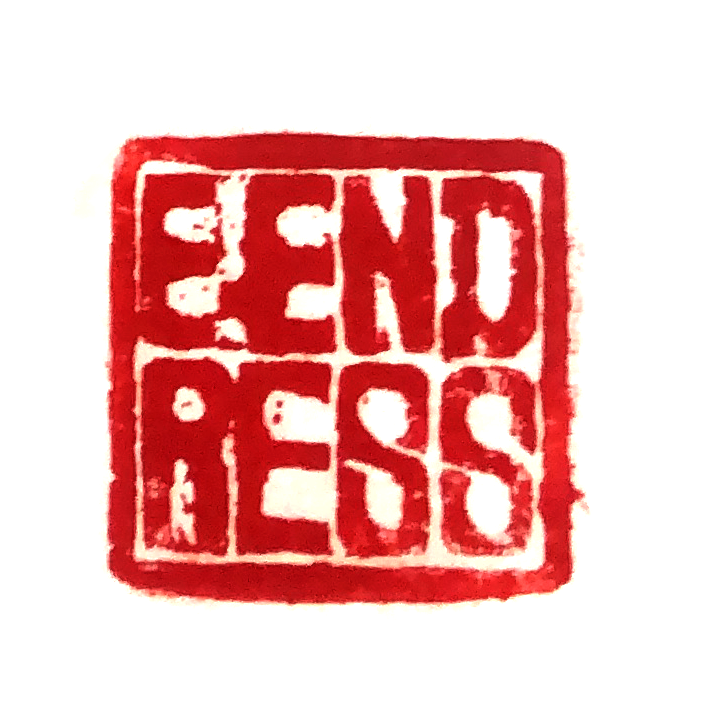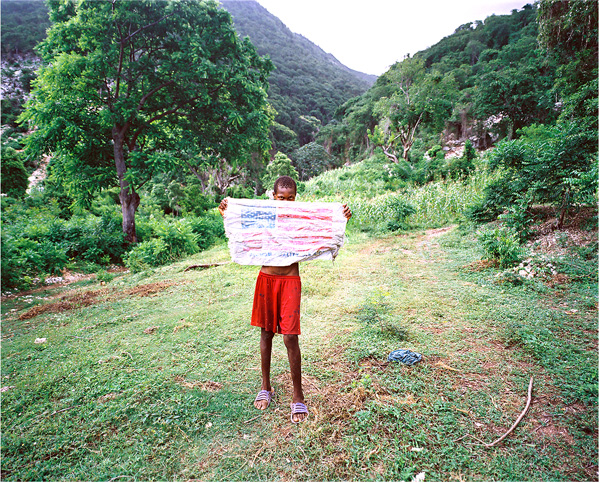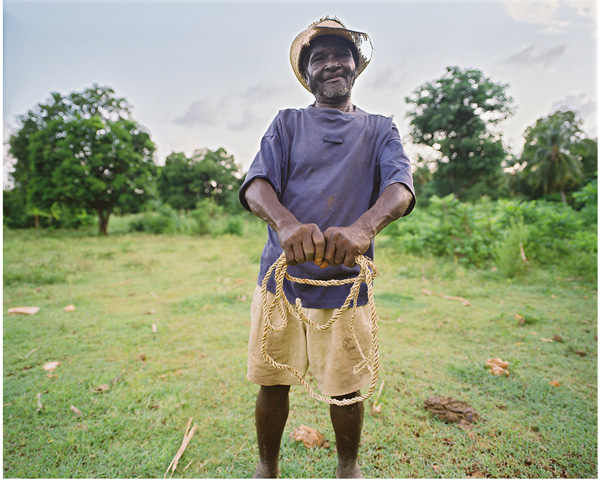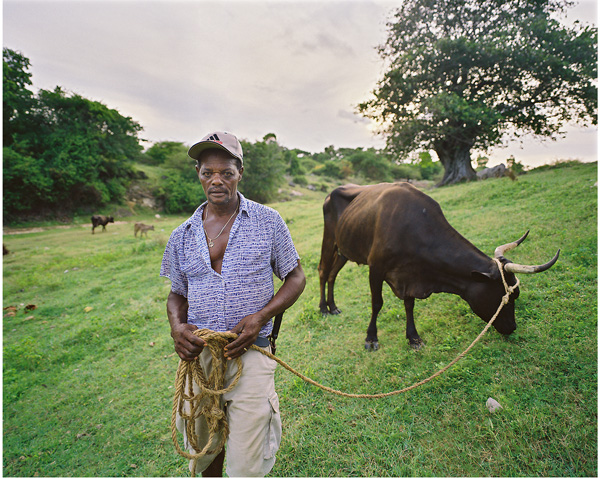
Documentation projects related to BonDieuBon
School’s chalk boards in Haiti
*
Carreau de Terre, In Haiti, carreau de terre is a unit of land, approximately 1.29 hectares (approximately 3.19 acres). This series of photos are based on a property near the town of Jacmel. This project registers all the occupants that share that land and find forms to negotiate the use of it. (in progress)
:: Carreau de Terre / Land ::
Carreau de Terre, In Haiti, a carreau de terre is a unit of land area, approximately 1.29 hectares (approximately 3.19 acres). This series of photos are based on a property near the town of Jacmel, in one community called Cybadier. This project registers all the occupants that share that land and find forms to negotiate the use of it.
Historical perspective Haiti’s historic patterns of land tenure were quite different from those of other countries in Latin America and the Caribbean. Most Haitians owned at least some of their land. The three major historic forms of land tenancy in Haiti were ownership, renting (or subleasing), and sharecropping. Other land arrangements included managing land for absentee landlords, squatting and wage labor. Historically land ownership has been a central issue on the island. Particularly after emancipation, land became the battleground of internal racial and hierarchical disputes.
After emancipation tension surfaced between the Bossales and Creoles, Bossales were Africans directly transplanted to Haiti while the Creoles were born on the island. Creoles dominated the political structure, excluding the Bossales. During the Duvalierist regime power extended to rural areas via the Chef de Section (Tonton Macoutes) and the Voodoo Clergy, fragmenting and further secluding the rural communities. Currently the Haitian peasantry applies a system of “auto-regulations and egalitarianism” in the approach to land tenure. This series of photographs functions as an inventory of the tenants and the ways that they re-negotiate the space as a portrayal of the human scale structures adapted to their reality and capabilities. Carreau de Terre explores the material culture, the system of labor, and ultimately portrays economical survival and communal resistance.
















